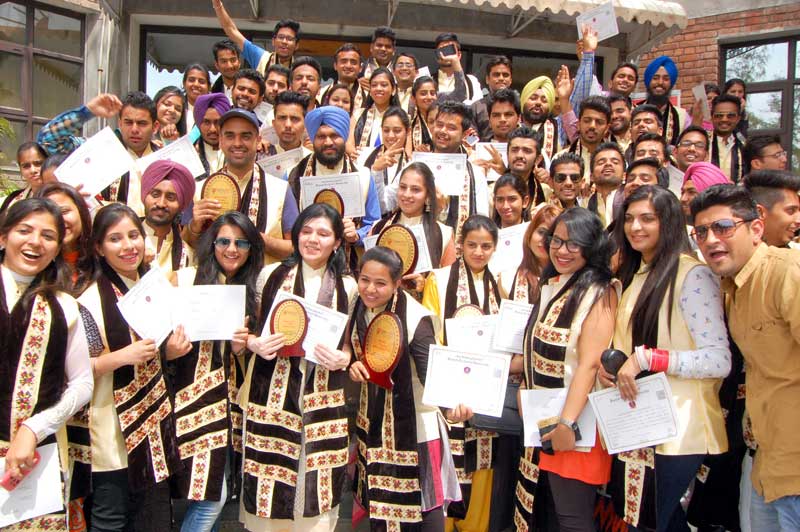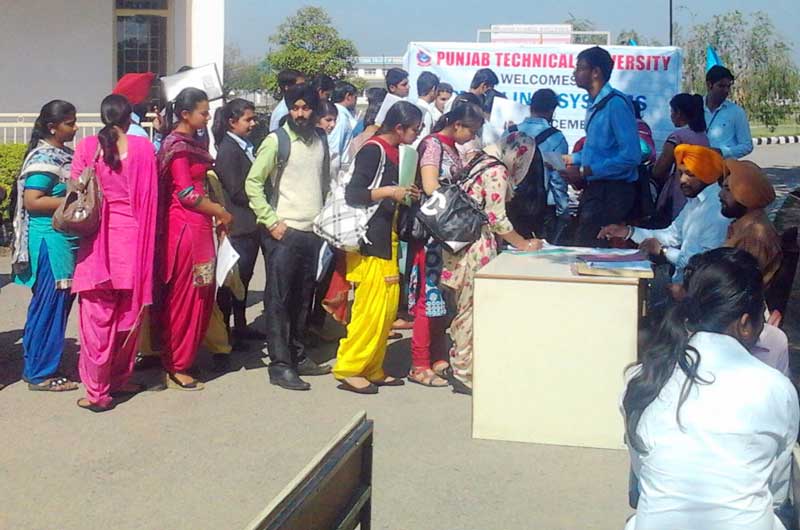
NewZNew (Chandigarh) : Some of India’s finest climate scientists gathered in Delhi’s India International Centre to attend the two-day National Consultation on Climate Change Adaptation in India, which concluded in the capital today. Indian Institute for Human Settlements (IIHS), which leads the South Asia component of a five-year research project on climate change, ASSAR (Adaptation at Scale in Semi-Arid Regions), organized the second consultation, marking the end of its first year of diagnostic research. Keynote speakers at the occasion included former UN Secretary-General of the World Summit on Sustainable Development, Johannesburg, Sh. Nitin Desai, currently member of Prime Minister’s Council on Climate Change, and Sh. Rathin Roy, Director of the National Institute of Public Finance and Policy (NIPFP), India’s largest think-tank on public economics and policies.
Being conducted by IIHS and its partners Indian Institute of Tropical Meteorology (IITM), Ashoka Trust for Research in Ecology and the Environment (ATREE) and Watershed Organization Trust (WOTR), the five-year long ASSAR research takes a holistic view of risks and vulnerabilities to climate change and adaptation strategies. ASSAR is part of a wider IDRC/ DFID funded international research programme, CARIAA (Collaborative Adaptation Research Initiative in Africa and Asia).
Besides providing a structured understanding on multi-dimensional aspects of intrinsic and compounded risks and vulnerabilities, the ASSAR-RDS Report identifies key research gaps and critical social and innate barriers to effective widespread and sustained adaptation. Says Aromar Revi, Director of IIHS, “Rapid & unplanned urbanisation in Indian cities undermines the role of planned interventions, and creates new and broader risks. The increasing influence of the Indian Ocean Dipole (IOD), warming and land-use change is already causing an increase in the frequency of intense precipitation events in some areas despite the weakening of the Indian Monsoon in recent decades. While mainstreaming climate risk management into existing development programmes is critical, it may not be sufficient to reduce vulnerability. Governance responses to critical vulnerabilities are currently fragmented, leading to challenges of scalability and coordination across different agencies. Local adaptive capacity is often mediated by contested imperatives and is not uniform across regions, sectors or scales. Especially the rural population is resource-constrained to adapt to the current and projected future climate variability. Climate-resilient development should integrate adaptation and mitigation responses to generate multiple co-benefits.”
Spanning across research sites located in Bangalore sub-region of Karnataka, Moyar-Bhavani sub-region of Tamil Nadu and Sangamner sub-region of Maharashtra, the ASSAR-RDS research concluded that it is imperative to assess why different people are differentially vulnerable to these risks across dissimilar semi-arid regions (SARs). For example, as a result of globalization, Bangalore is becoming less dependent on its local economy with negative impacts on its natural and built environment. The current development trajectory will intensify risks such as the urban heat island effect, water scarcity and droughts, and climatic hazards such as flooding. Such major vulnerabilities will be asymmetrically experienced by slum dwellers and migrants living in informal settlements, whose inherent vulnerabilities like fragile livelihood base will get compounded, as they are often not covered by institutional support to manage risks under the existing purview of formal planning mechanisms.
In contrast, the challenges are very different for the tribal and scheduled caste communities living in the semi-arid plains of the Moyar-Bhavani region in Tamil Nadu, who largely rely on the forest ecosystem. Rapid land use changes, droughts, increasing temperature profile, declining crop yields and livestock mortality risks are projected to intensify existing stressors within the agricultural system. High variability and uncertainty in temperature and precipitation were recorded in the Sangamner sub-region of Maharashtra as compared to Bangalore and Moyar-Bhavani sub-regions, again reinforcing the finding that climate adaptation interventions cannot be generalized at a regional level.
The study found that women constitute one of the most vulnerable groups in the sub-regions. Unequal pay, poor access to resources, control, and ownership of land and other productive assets along with embedded socio-cultural inequalities increase their vulnerability to climate-induced stresses. Differential incidence of health impacts is an important aspect of ‘gendered’ vulnerability. Migrant woman labourers have little access to quality health care leading to high mortality rates. In rural areas, crop failure usually affects women the hardest; increasing their workloads and reducing nutritional values, which has severe detrimental effects upon their health and wellbeing.
Stressing on the need for a thorough sub-regional level scale analysis, the ASSAR-RDS Report found that even though India and the sub-regions face a dynamic climatic and non-climatic risk profile, the available climate information currently is too coarse to be relevant to local decision-making processes. For example, despite the availability of projections indicating an increase of more than 2˚C over central and northern parts of India for the period 2066-2095, the research cohort was currently unable to assess its validity over the ASSAR sub-regions, due to a potential disagreement with the projected changes in the precipitation by the end of the 21st century, which were not observed to be statistically significant as compared to the predicted temperature increase in that period.
The study warned that such data insufficiencies coupled with asynchronous temporal issues and spatial issues can lead to faulty or myopic analysis thereby rendering apparent adaptation strategies to be potentially counter-productive in the long-run. Subsidising diesel locks agricultural systems into an unsustainable, energy-intensive pathway is one such example. Similarly, in Bangalore, unplanned urbanisation, inadequate service provisioning and governance gaps are already leading to extensive resource exploitation, entrenching inequalities and erosion of ecosystem services. In urban areas, seasonal or permanent migration helps cope with temporary, seasonal risks, but can erode present and future capacities and exacerbate existing vulnerabilities.
Aromar Revi of IIHS added, “The initial RDS phase has confirmed that India lacks a nuanced understanding on the key vulnerabilities in rural as well as urban areas, and that there is insufficient research on differential vulnerability especially from a gendered perspective, and a lack of understanding around factors that constrain effective implementation of adaptation plans. Our upcoming Regional Research Program (RRP) phase of this multi-year study will respond to the above challenges.”
The two day workshop was attended by thought-leaders, policy makers, government officials, practitioners and academia representing organizations like Government of India’s Ministry of Environment, Forests & Climate Change; Ministry of Earth Sciences; UNDP; IDRC; DFID; Maharashtra Government; TERI; Council on Energy, Environment And Water; Nepal’s ICIMOD (Hi-Aware); Global Green Growth Institute; IIT Delhi; IISc Bangalore; IIT Gandhinagar; Institute of Economic Growth; GIZ Delhi; Indian Council of Agricultural Research; among others.






